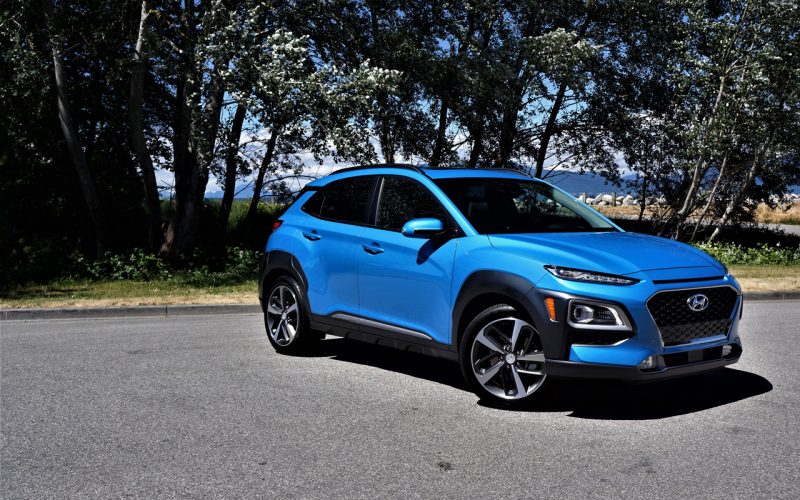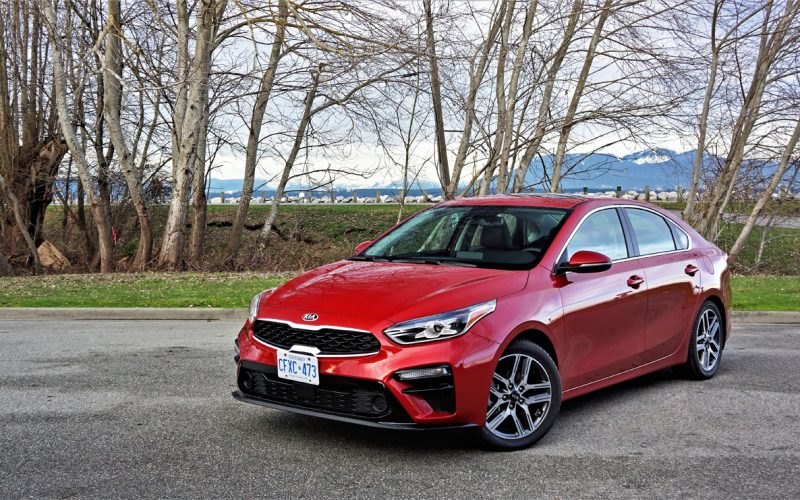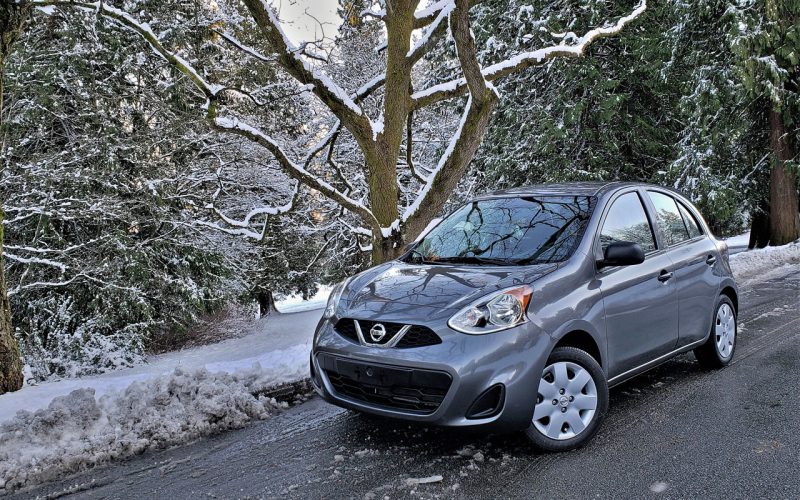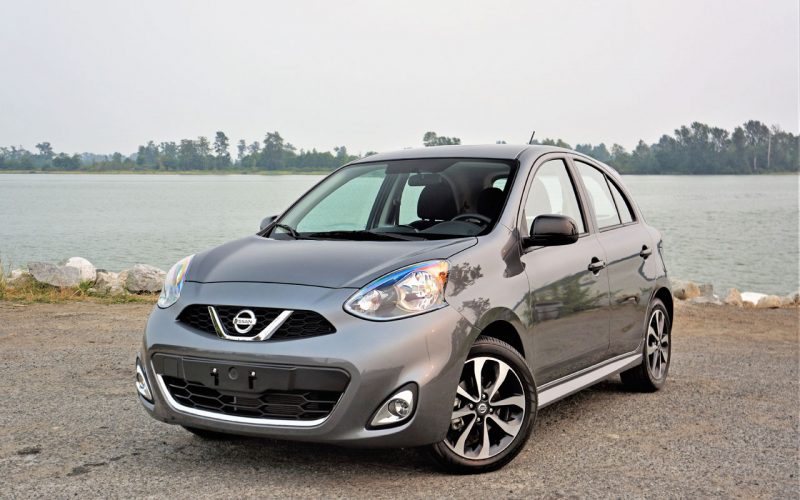
Reading Time: 12 minutesIn the burgeoning subcompact SUV segment, one model stands above them all. Kia’s Kona only arrived

Reading Time: 13 minutesThe redesigned 2019 Forte is one handsome looking compact sedan, with clean, simple, modern lines that,

Reading Time: 13 minutesIt’s not too often that the cheapest and stingiest choice ends up being the most enjoyable,

Reading Time: 6 minutesListen up. Just in case you haven’t already heard, there’s no better new car for your
© 2025 The Car Magazine. All Rights Reserved, Privacy Policy | Terms of Use